A photojournalist that does not intervene is a photojournalist that doesn’t take any picture.
Get Started for FREE
Sign up with Facebook Sign up with X
I don't have a Facebook or a X account
 Your new post is loading... Your new post is loading...
 Your new post is loading... Your new post is loading...

Mary E. Martin's curator insight,
July 23, 2015 11:26 AM
A very thought provoking piece on the direction of photography today. The fact that everyone has a cell phone with a great still and video camera built in must make some changes to the development of picture taking. Just as we all can be published authors if we choose, it seems that we all can be photographers. What effect does this have? Do we lose the distinction between amateur and professional and is that important? http:maryemartintrilogies.com.

ISLAM REDA's comment,
June 26, 2015 8:33 AM
HOW TO ADD AN ENCHANTED ATMOSPHERE TO YOUR PHOTOS
Color Grading IMPROVING THE BACKGROUND AND MAKING YOUR SUBJECT POP OUT Advanced Color Correcting Tutorial In this 2 hour video tutorial we will take this photo of a little girl standing in the woods and transform it into a fairytale-like scene and make her pop out of the photo! Most of this tutorial will focus on color correction/color grading techniques that will allow us to drastically change the look of a photo! If you are looking to make your photos 'pop' more by improving the look of the background and foreground, this tutorial is for you! http://adf.ly/1JPVw7 
Mary E. Martin's curator insight,
July 23, 2015 11:30 AM
The photographer responds to his surroundings and puts himself into the picture http://maryemartintrilogies.com |

Bernard Rentier's curator insight,
June 14, 2015 3:02 AM
Docteur honoris causa de l'ULg 2010 https://www.ulg.ac.be/cms/c_1213285/fr/portrait-de-william-klein |




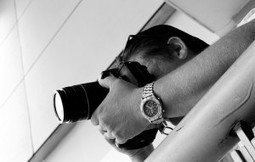

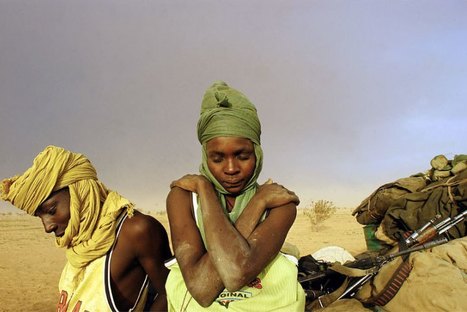


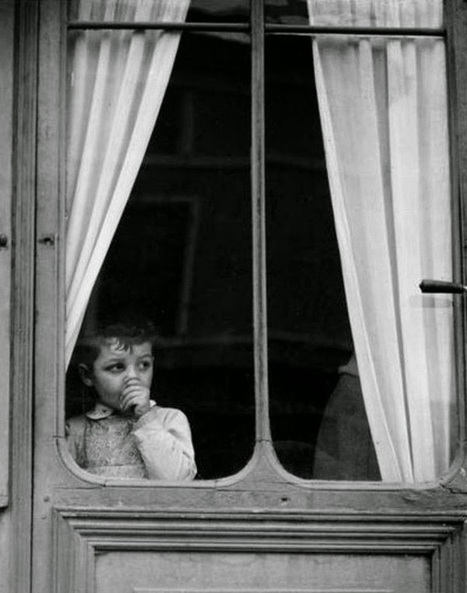
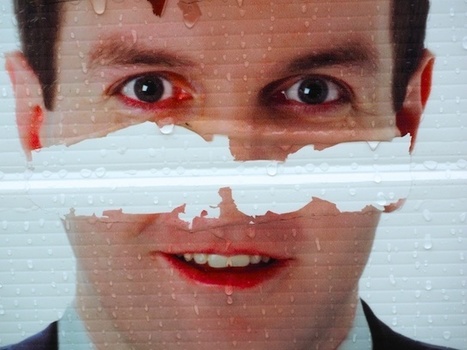


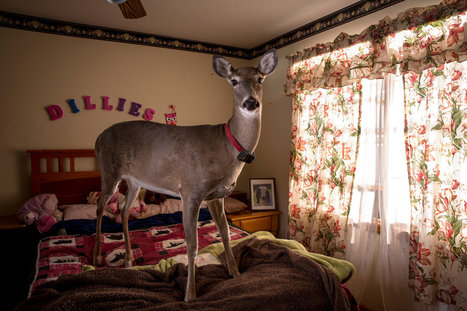
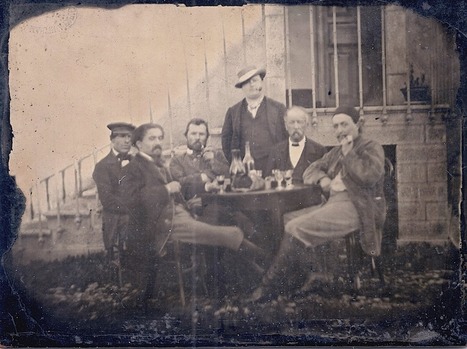

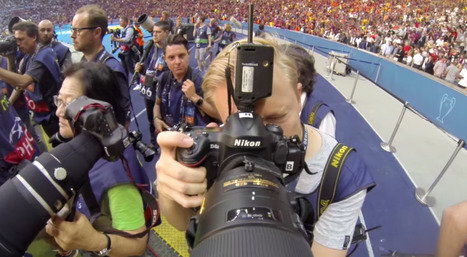
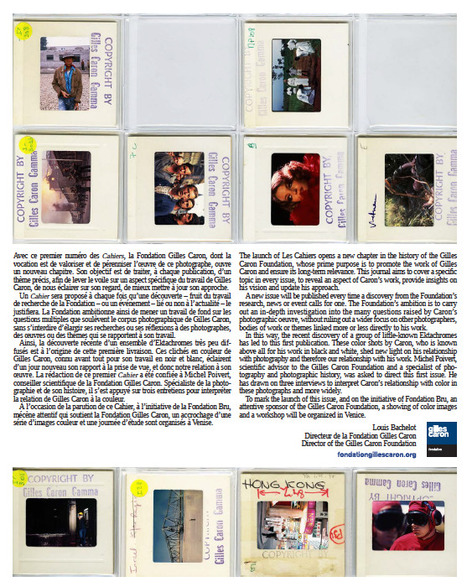
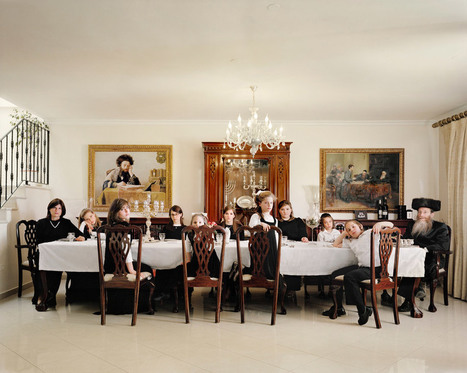


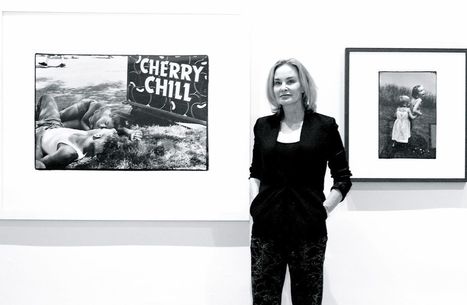

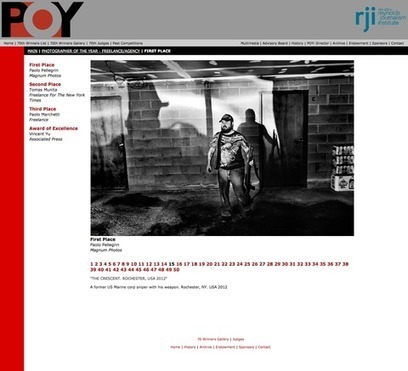
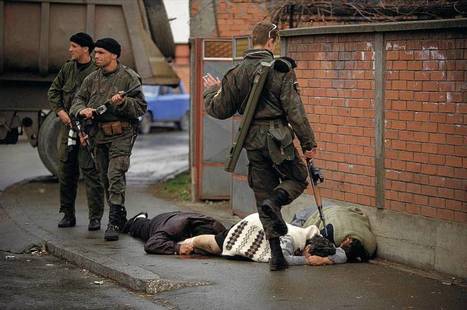
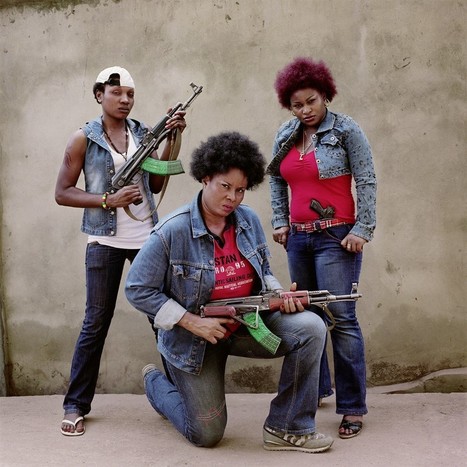
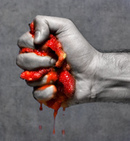

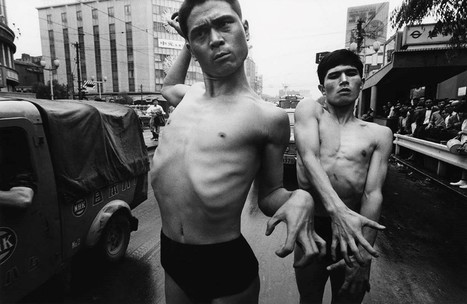
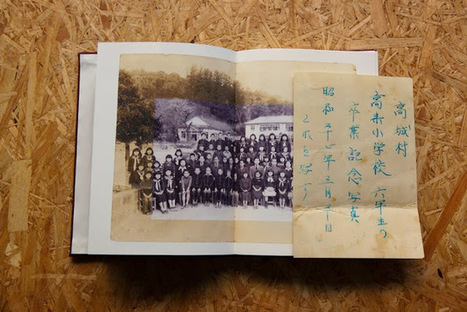






"Their role is not of a superhero seeking to rescue every single victim. These are for the all-volunteer policemen, firefighters, military. The photojournalist is a reporter who’s role is to prevent our society from creating more victims, one photograph at a time."